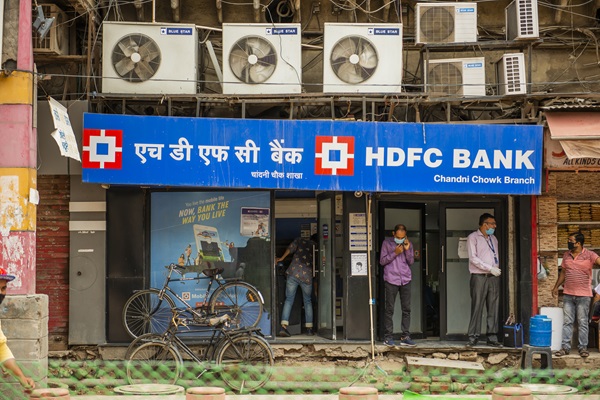.png)
April 21, 2025 at 2:56 AM IST
For investors waiting for HDFC Bank to move past its post-merger indigestion, the March quarter suggests the worst of the heartburn may be over. Margins have firmed up. Asset quality is improving. And operating profits are growing faster than the top line. This isn’t a breakout quarter, but it could be a base-building one.
Start with the numbers. Gross advances rose 3.3% quarter-on-quarter, with credit growth skewed in favour of retail and commercial and rural banking loans. The wholesale portfolio, however, remained anaemic—shrinking 3.8% year-on-year. Deposits, on the other hand, jumped 5.9% sequentially, pushing the credit-deposit ratio down by 180 basis points to a more sustainable 97.4%.
That shift wasn’t incidental. The bank has been consciously tempering loan growth to focus on liability strengthening, helping bring the credit-deposit ratio down from 104% a year earlier. The long-term goal is to push this further to the 85–90% range, levels that prevailed before the merger with Housing Development Finance Corp.
The margin narrative is similarly deliberate. The core net interest margin was widened by 11 basis points to 3.73%, even after adjusting for an income tax refund, aided by a more balanced loan mix and tighter fund management costs. The bank appears intent on keeping NIMs within a narrow band around the 3.6–3.7% post-merger zone, even as deposit repricing continues.
Asset quality also performed well. Gross NPAs fell 9 basis points to 1.3%, with slippages easing across retail, CRB, and especially wholesale. Corporate GNPA dropped to 1.49% from 1.71% the previous quarter, signalling that the post-merger clean-up phase may now be behind the bank.
Profits, too, reflect this steady grind: pre-provision operating profit rose 6.1% quarter-on-quarter and net profit increased by 5.3%. This came despite a modest rise in operating costs and flat fee income, which grew just 1 basis point as a proportion of average assets. Mark-to-market gains on investments helped cushion the bottom line. A sharp 76% year-on-year drop in provisions also helped push quarterly profit to ₹176.16 billion.
Yet if the past year has been about rebuilding, the year ahead is expected to mark a return to market share ambition. The bank intends to match system-level credit growth in 2025–26 and exceed it the year after, once funding metrics are fully optimised. With a footprint now extending to over 700 districts, it is positioning itself to tap into underpenetrated retail markets more aggressively.
But pricing discipline may slow the pace of that comeback. In home loans—which now account for nearly a third of the bank’s ₹26.4 trillion loan book—disbursals have dropped 20% due to reluctance to match aggressive rates of 8.1–8.2% being offered by competitors. The same challenge is playing out in the corporate segment, where public sector banks have led a race to the bottom on pricing. Profitability, not growth, is clearly being prioritised for now.
So where does this leave the stock? HDFC Bank trades at 2.4x 2025–26 projected book value, with a return on assets estimated at 1.9%. These aren’t lofty multiples for India’s most systemically important private lender. If margins hold and credit growth normalises, especially in the wholesale book, RoA could edge past 2%—a milestone that could reignite investor interest.
For now, it is not sprinting. But the bank may finally be jogging with intent.




